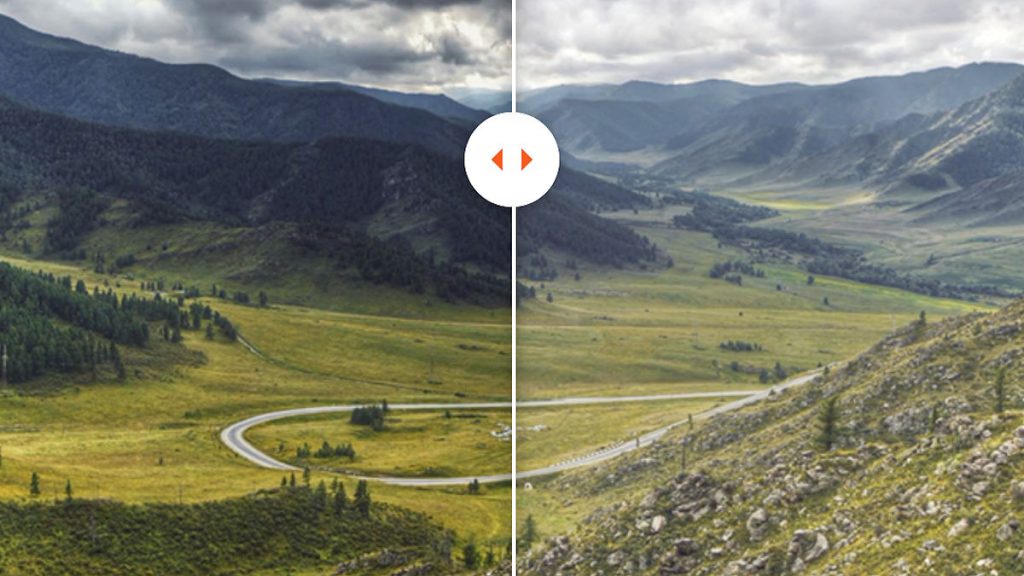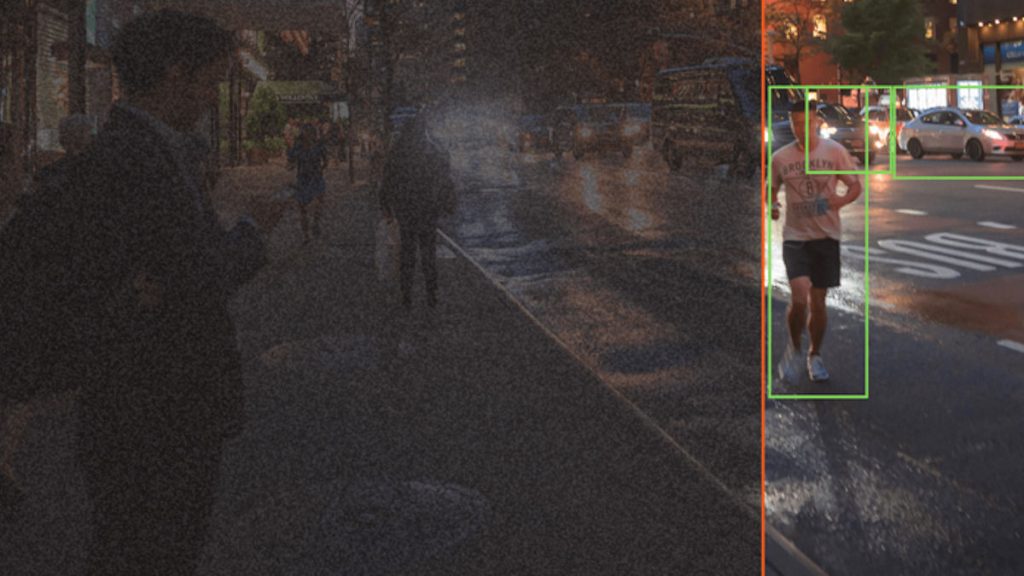Visidon Video Noise Reduction Enhances Low Light Images.
Visidon Video Noise Reduction – New at ISC West this year was Visidon Video Noise Reduction, an AI-based technology that’s designed to improve the visual quality of noisy low-light video streams.
Typically, you imagine this sort of functionality emerging from the video surveillance camera you’re using, but Visidon sits on top and takes your cameras’ best low light effort to the next level.
The Visidon algorithm uses contextual information within a small neighborhood of each pixel of the video frames and reconstructs a noise-less pixel value automatically in real time. The Visidon solution makes no prior assumption of the noise in the image stream, which the company says makes it capable of dealing with different kinds of noise.
Spun out of the Oulu University Machine Vision Research Center, Visidon offers a range of algorithms designed to address complex lighting conditions for embedded cameras in security and surveillance, laptops and webcams, robotics, and drones.
According to the company, its video noise reduction is a CNN-based model optimized for real-time low-light enhancement and significantly improves object recognition.
The way the noise reduction works is by utilizing information captured with multiple normally exposed shots and automatically adjusting images to be clear and sharp with low noise.
Super resolution is another strength. The system’s AI-based technology is designed for embedded NPU hardware with fast and high-quality video upscale, and the algorithm improves output quality and allows higher zooming levels compared to a basic digital zoom.
High dynamic range is another benefit and the system manages this by combining multiple differently exposed images and automatically handling moving objects to avoid ghosting or artefacts – this makes hidden details in shadows and highlights visible.
Meanwhile, frame rate control technology enables the interpolation of movement between shot frames. This increases the frame per second in videos and makes fast movement smoother, as well as allows for slow-motion effects.
Visidon also supports computer vision and face recognition applications – the algorithm can be used for authentication and identification, distinguishing real human faces from photos or video and recognizing their gender, age, and emotion. It’s also capable of tracking a person’s eyes, nose and mouth, and assessing the person’s drowsiness and level of distraction.
Far from being a newcomer to digital processing, Visidon’s technology is already found in more than 1 billion mobile devices around the world.
You can learn more about Visidon here or read more SEN news here.
“Visidon Video Noise Reduction Enhances Low Light Images.”













